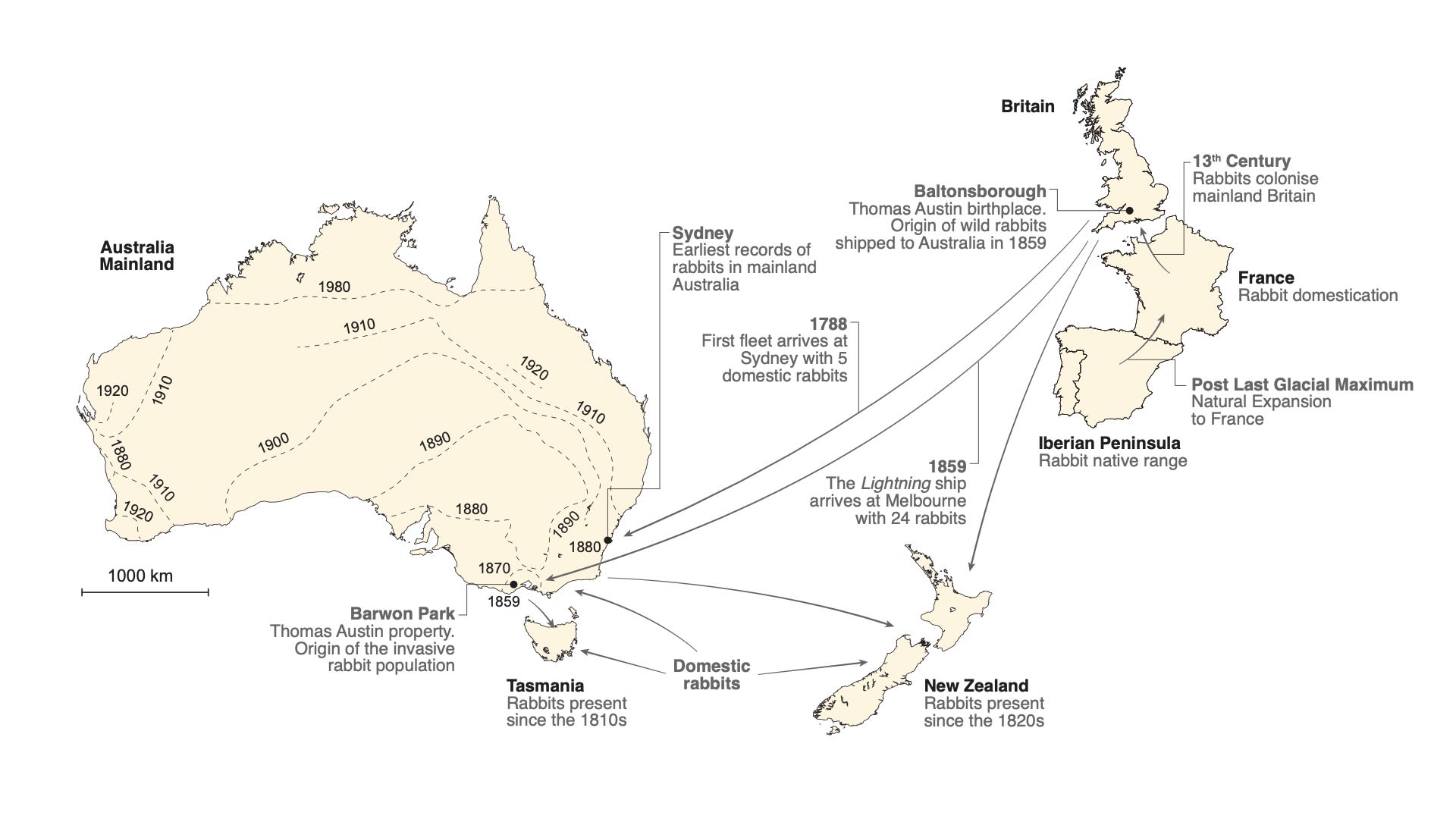2022-08-22 イリノイ大学アーバナ・シャンペーン校
新しい研究によると、北米の河川に偏在する餌魚であるファットヘッドミノーは、熱波を模擬体験しても、驚くほど副作用が少ないことが明らかになった。
3回の熱波シミュレーションの後、水を冷やすと、ほとんどのミノーは速やかに通常の生理機能に戻った。
熱波にさらされたミノーは、臨界温度試験でより高い温度に耐えられるようになった。
<関連情報>
- https://aces.illinois.edu/news/illinois-study-suggests-humble-minnow-can-take-heatwave
- https://onlinelibrary.wiley.com/doi/10.1111/fwb.13976
農業用河川における熱波に対する魚類の熱耐性。死なないものは強くなる? Thermal tolerance of fish to heatwaves in agricultural streams: What does not kill you makes you stronger?
Qihong Dai,Lauren E. Hostert,Justin K. Rondon,Yong Cao,Cory D. Suski
Freshwater Biology Published: 01 August 2022
DOI:https://doi.org/10.1111/fwb.13976

Abstract
- Heatwaves are increasing in frequency and intensity under climate change. Freshwater ecosystems are among the most thermally impacted systems, within which agricultural streams are experiencing the most extreme heatwaves and deserve prioritised focus. Heatwaves are approaching the upper thermal limits of many fishes but have received little attention to date.
- To study whether and how fish tolerate heatwaves from a physiological perspective, we simulated single, multiple, and extended heatwaves at 32 and 34°C in the laboratory, based on high-resolution summer temperatures recorded in agricultural versus forested streams in Illinois, U.S.A.
- By investigating the effects of heatwaves on 25°C acclimated fathead minnow Pimephales promelas, an important prey species across North America, we witnessed its high thermal resilience, including a rapid return to metabolic homeostasis after single and multiple heatwaves, measured by oxygen consumption rate. During an extended heatwave, fathead minnow were still able to partially lower oxygen consumption rate after the initial exposure. We also found transient increases in their critical thermal maximum, especially after higher intensity and frequency of heatwaves. However, the thermal resilience of fathead minnow did come with costs, including reduced anaerobic capacity indicated by decreased lactate dehydrogenase activity and impaired antioxidant defence indicated by reduced superoxide dismutase in white muscle.
- By monitoring metabolic costs and physiological adjustments of fish during and after heatwaves, we showed that fathead minnow were resilient to simulated current and near-future heatwaves, which may allow them to cope with thermal extremes expected in agricultural streams.
- Overall, the real-time monitoring of fish responses to heatwaves incorporates natural dynamics of thermal patterns. It facilitates mechanistic understandings of how fish react to thermal challenges in the real world and offers opportunities to incorporate high-resolution metabolic costs into future bioenergetic modelling.


